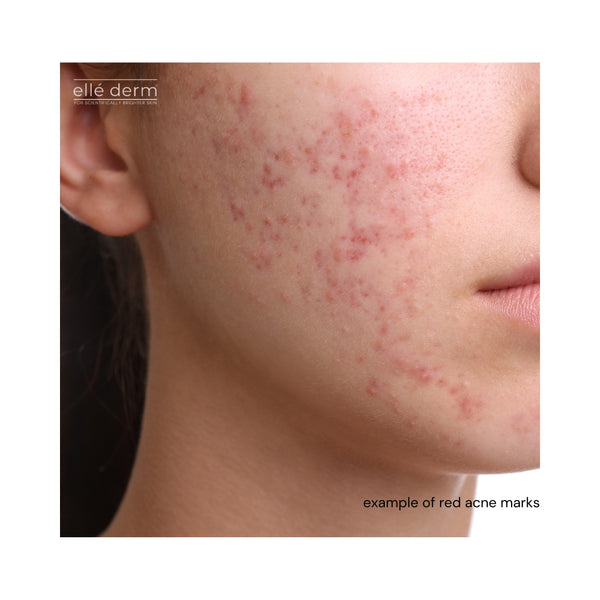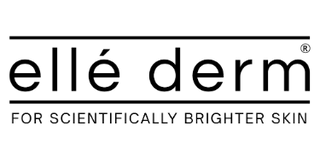How to prevent acne scars
Acne scars are permanent textural changes and indentations that occur on the skin as a result of severe acne. In contrast, red and brown acne marks are residual marks that appear after an acne breakout. Acne marks and acne scars are two terms used interchangeably but they are different in physiology.
Red acne marks vs brown acne marks
Red acne marks are the residual pink or reddish marks left behind after an acne breakout. Red acne marks are also known as post-inflammatory erythema (PIE) whereas brown acne marks are also known as post-inflammatory hyperpigmentation (PIH).
Even though they both occur after an acne breakout, they have very distinct differences.
What are red acne marks or post-inflammatory erythema?
Red acne marks are more common in those with pale and olive skin tones. When left untreated red acne marks can become brown marks and this process is accelerated by UV exposure.
Red acne marks or post-inflammatory erythema (PIE) occurs when there is significant inflammation and a rush of blood flow to the skin's surface. This sudden increase in blood flow causes damage to blood vessels and the formation of tiny new blood vessels, resulting in the pink or reddish hue you can see on the skin's surface. For this reason, Retinol, beta-hydroxy acids (BHA), alpha-hydroxy acids (AHA) and chemical peels will not remove red acne marks because they (PIE) are not a result of excess melanin production.
Red acne marks will respond to ingredients that can help calm inflammation so you do not get the sudden build up of blood flow causing damage to the capillaries. Retinamide Forté Red Scar Therapy Gel is an Australian made scar gel scientifically formulated to target the source of red acne marks. Red Scar Therapy Gel contains Inflammaid and Manuka Honey, the two hero ingredients that help to reduce inflammation and stop post-inflammatory erythema in its tracks. Silica assist to support collagen production around the wound area and prevent permanent indentations in the skin with early intervention.


What are brown acne marks or post-inflammatory hyperpigmentation?
In contrast, brown acne marks or PIH occur due to inflammation triggering an increase in melanocyte activity and excess melanin production. This manifests as brown marks or hyperpigmentation. Brown acne marks are most common in people with darker skin tones and they respond well to traditional skin discolouration treatments such as Retinol, dermabrasion and chemical peels.


What is an acne scar and how to prevent it.
Acne scars are permanent indentations in the skin caused by the restructuring of collagen fibres underneath the skin. Effective options for removing acne scars include laser therapy and red light therapy.
Laser resurfacing helps to remodel the underlying collagen fibres and smooth out the skin surface. Laser resurfacing is effective for almost all types of scars.
For hypertrophic or keloid scars, steroid injections and removal are also effective options.
The key to preventing acne scars requires early intervention and having god control of acne.

References:
- Acne Support: Skin discolouration (2024). British Association of Dermatologists.
- Ludman, P (2023). Acne Scars. American Academy of Dermatology Association.



